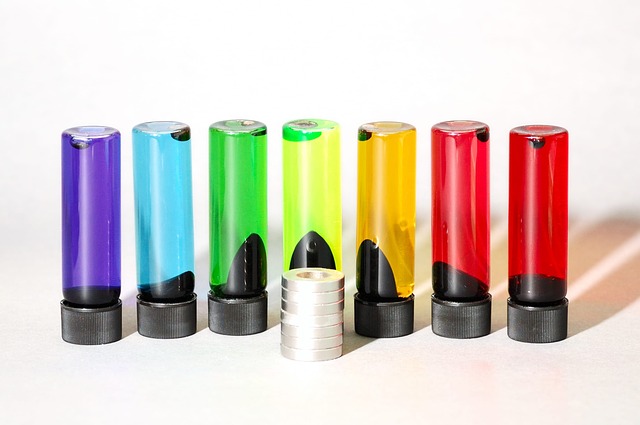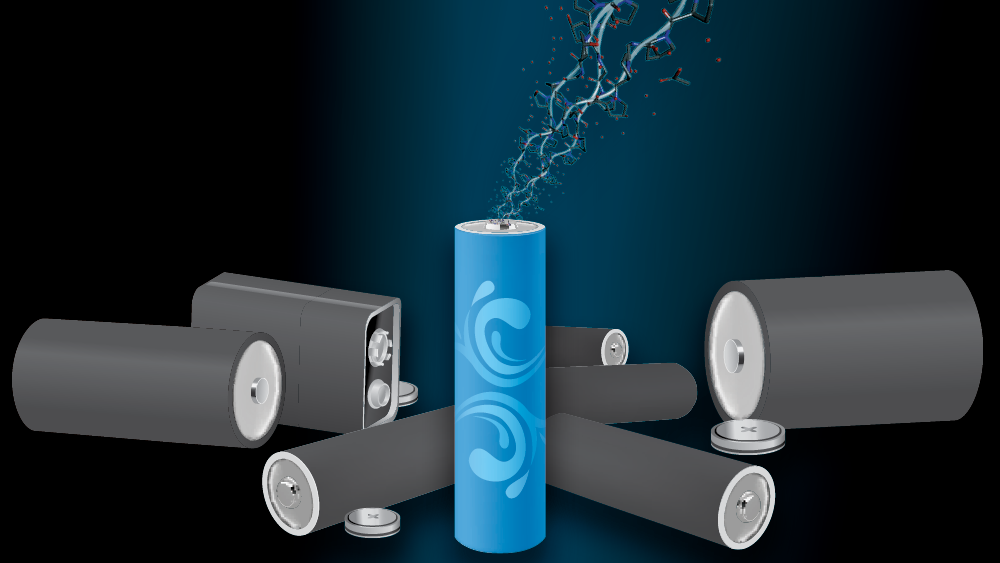Manipulating Matter at Near Atomic Size
The mission of the National Institute for Occupational Safety and Health (NIOSH) is to protect workers. Given the expansion in the use of nanotechnology applications and uses, NIOSH is reviewing existing regulations to ensure the use of nanotechnology in all its forms is safe for the public.
Currently, nanotechnology is a pretty broad field and means different things to different people. For example, some see nanotechnology as a technology that will lead to nanoscale devices. Others see nanotechnology as a means to develop materials that can be freely distributed in the environment, such as in streams to help reduce water pollution by having nanoparticles bond with pollutants.
What Nanotechnology Could Mean
One of the reasons nanotechnology is such a broad term is that it has the potential to be a game-changing technology in so many fields and industries. IndustryTap has reported on clothing materials that can contain nanoparticles on their surfaces, causing liquids to roll off without getting the underlining material wet. Nanomaterials will also revolutionize paint, glass, and non-skid surfaces.
Finally, nanotechnology is expected to fundamentally change how microchips are built and operate and improve chip energy, size, speed, weight, and cost. In fact, the most widely celebrated possibilities of nanotechnology include its ability to save energy, decrease greenhouse gas emissions, cleanup environmental damage, reduce pollution, and possibly to help doctors treat patients more effectively.
In the following video, Ray Kurzweil interviews the father of nanotechnology Eric Drexler.







